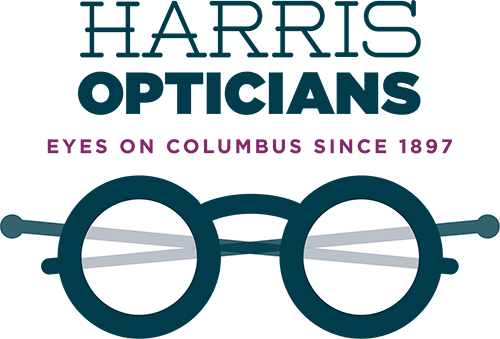There is controversy over the exact relationship between vision and learning. For example there is a negative correlation between distance refractive error and reading ability. Myopic or nearsighted children who cannot see clearly at a distance without glasses are more commonly good readers. Children who spend tremendous amounts of time reading become nearsighted. Before Alaska became a state myopia was rare. After becoming a state, more than 50 percent of the children in Alaska developed nearsightedness. Thus, correlation is such that nearsightedness or poor distance vision is highly correlated with success in reading. Restated another way, poor distance vision is associated with better reading abilities. Farsighted children statistically are poorer readers than myopic children.
Latest News
Safeguarding Your Child's Eyesight
June 11, 2025
Just like adults, children need to have their eyes examined. This need begins at birth and continues through adulthood.F...
Sunglasses Are a Fabulous Investment
June 4, 2025
The sun does some amazing things. It plays a role in big helping our bodies to naturally produce Vitamin D. In fac...
Quick Links
My Child Is Near-Sighted. Will Glasses Correct His/Her Learning Problem?

